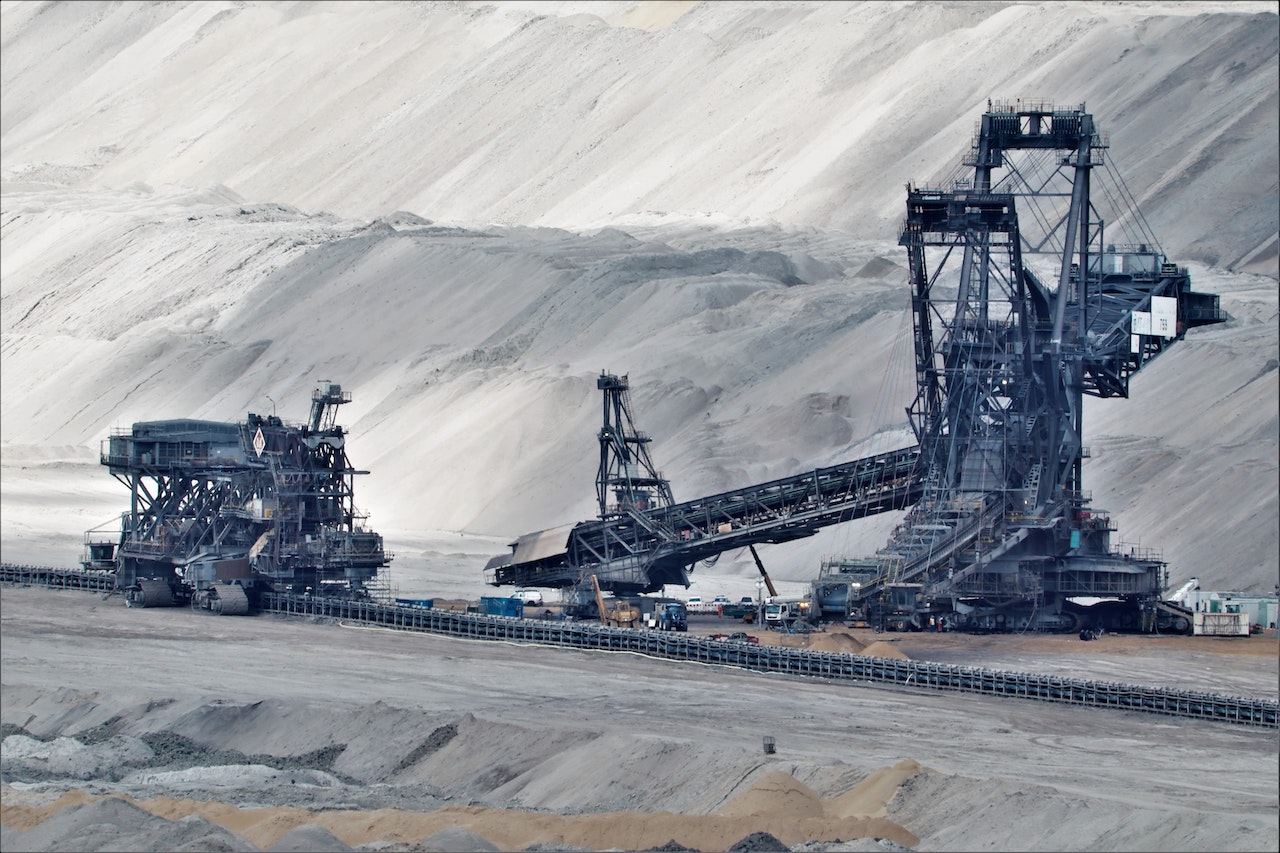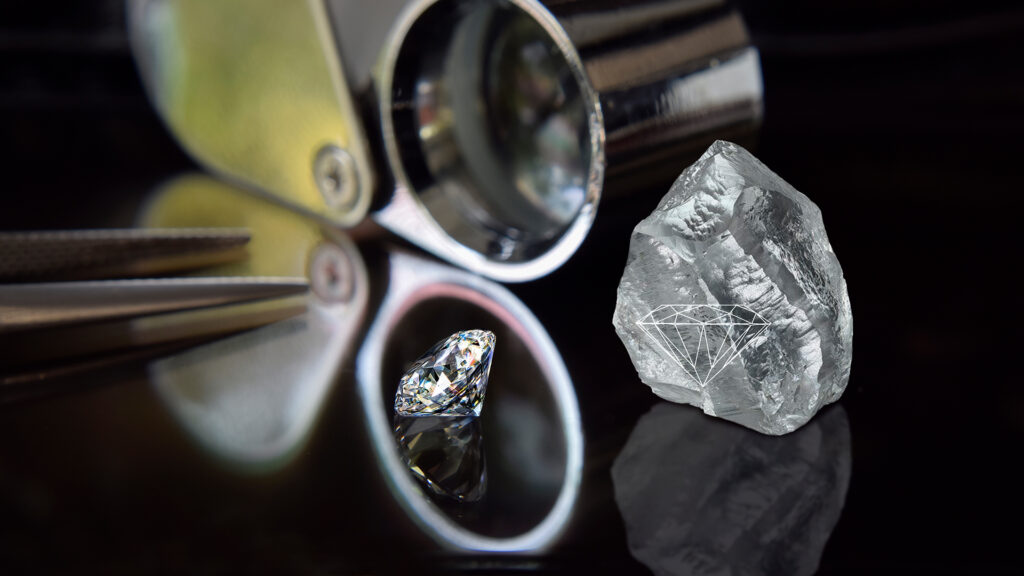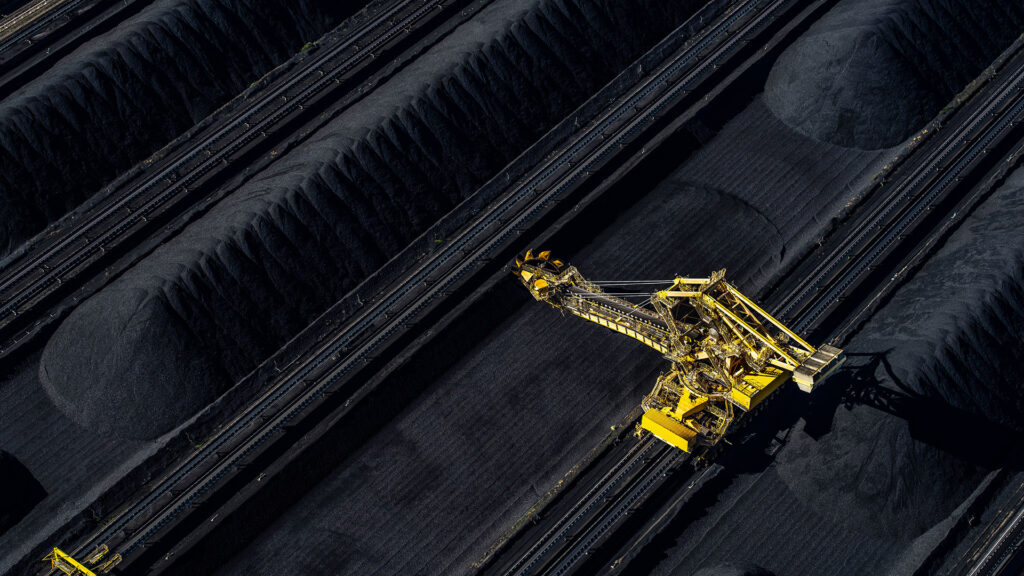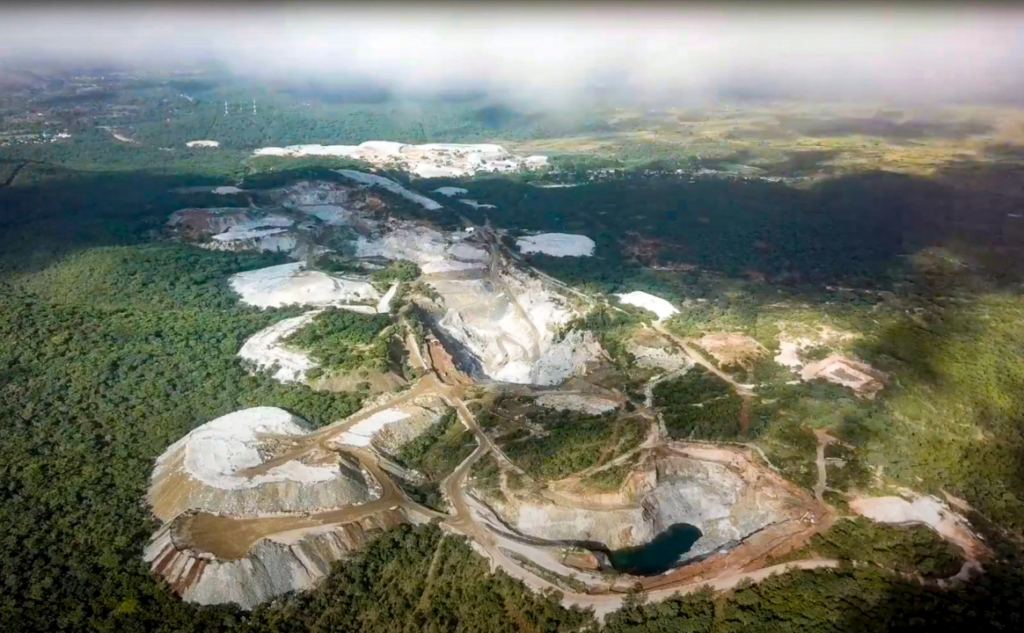Trending: Here are some Business Statistics and Trends to know

Mining and metals are an integral part of modern society, providing the backbone for crucial infrastructure projects and enabling the production of green energy sources. Without mined materials, the world’s current renewable technology wouldn’t even exist, from wind turbines to solar panels and electric vehicles. Mining is also responsible for supplying the luxury goods that many have come to rely on in their daily lives.
The ability for mining to contribute positively to societal progression isn’t just limited to production either. It plays a key role in promoting sustainable economic growth and building more resilient and inclusive communities. Though all this support has become culturally significant all over the world, public confidence concerning its responsible use is still very much dependent on the industry’s ability to handle materials safely and productively.

Mining is an ancient industry that plays a significant role in modern society. It involves the exploration, production, and processing of metals and minerals from the Earth’s crust. Metals and minerals are used to create many critical products in our everyday lives like cell phones, computers, cars, etc., making them essential for many other industries. The mining industry also has tremendous potential when it comes to facilitating the global clean energy transition due to its importance in manufacturing renewable energy technologies such as solar panels, wind turbines, and electric vehicles.
Growing demand for mining materials and responsible management of resources has prompted companies to adopt sustainable practices that maximize efficiency while still preserving the environment. To meet these standards, miners must prioritize biodiversity protection by restoring mined areas that their operations have impacted.
Let’s take a closer look at the Mining and Metals sector.
What is the Metals and Mining Industry?
The mining and metals industry is a vast entity that covers an extensive range of activities. It is a sector dedicated to identifying, extracting and processing a variety of metals and mineral ores from the earth.
The first step in this process involves mining the raw materials from the ground known as the upstream segment in this sector. Afterward, the midstream and downstream segments take it further making the finishing touches along with constructing end-products for domestic or international consumption.
Iron and steel are considered the largest segments within this industry closely followed by aluminum. This relationship between iron and steel can also be seen in large markets such as automobile manufacturing which requires both for production purposes. Consequently, trends that affect both may greatly impact sales in either one or the other depending on global demand levels.
Proper monitoring of market movements is necessary when tackling big projects involving any part of these industries including supporting services which also rely heavily on their respective input.
Precious Metals and Industrial Metals
There are two categories of metals: Precious metals and Industrial metals.
Precious metals include gold, platinum, and silver. These metals are rare and have a high economic value. Their value is also derived from their various uses. For example, gold is often seen as a safe investment during uncertain economic times. Some precious metals, like palladium, are also used in industrial and manufacturing processes, such as electronics.
Industrial and base metals are used in various industries such as construction, manufacturing, and technology. Examples of these metals include copper, aluminum, steel, and zinc. Glencore remains the biggest mining company making some of the biggest investments in copper with its recent investment in buying a 56% stake in Argentina’s MARA copper project from Pan American Silver. The asset has a proven and probable mineral reserve of 5.4 million tonnes of copper and 7.4 million ounces of gold with an estimated mine life of 28 years. It could be that Glencore is preparing for a predicted deficit in the copper market in millions of tones of copper expected in the next decade.

China and India heavily rely on copper and steel in their manufacturing processes. Investors closely monitor the price of copper as it can be a sign of economic growth. If copper prices rise alongside demand, it suggests an increase in manufacturing activity, which could result in higher global economic growth.
In the metals sector, activities include metals production, trading, and investing. These activities generate the majority of revenues. The demand for metals increases extraction rates. Economic growth leads to increased industrial and jewelry uses, while a slow economy increases the use of precious metals for investment. Minerals also have industrial uses and are mined when economic demand requires mining growth.
Mineral Mining and Its Role in the Economy
Mineral mining involves the extraction of minerals, including coal and precious gemstones. Coal is a prominent mining product that is produced in large quantities worldwide. It is a major source of global energy, accounting for approximately 38%, and is heavily relied upon for electricity generation. Environmental concerns have prompted certain countries to reduce coal production, although many developing nations still heavily depend on increasing coal production to support ongoing economic growth.
Diamond, a popular mineral in the jewelry industry, is also used for industrial purposes. It is the strongest substance available and is used to make abrasives, saw blades, and cutting tools. Industrial diamonds are often created artificially to reduce costs and minimize the need for mining. One of the biggest diamond miners DeBeers has also made investments in synthetic diamonds. The demand for diamond jewelry drives the need for diamonds, leading to more mining and the exploration of new reserves.
In 2022, the leading companies in the mining industry invested around $85 billion, showing an increase compared to the previous year. The investing activities of the world’s leading mining industry companies have been declining since they reached their highest point in 2012 at around 169 billion U.S. dollars.
The Mining Industry and Investments
The mining industry goes through periods of growth and decline that closely follow global economic conditions. As a result, the mining sector relies on other industries for finding new uses for metals and minerals, and for maintaining the ongoing demand for mining. The discovery of new applications for minerals helps support the mining sector during times when economic conditions are unfavorable for investment or jewelry production.
Investors have various options to purchase and hold mineral investments, making them more accessible through mutual funds and precious metals shares. However, the mining industry is facing challenges such as government regulation and environmental issues, which increase costs and complicate new operations.

Why Do We Need Mining and Metals?
Mining is an essential part of our daily lives. It plays a crucial role in providing the raw materials required for many industries, from construction to electronics. Nearly every mineral and metal currently in use today started life as the result of some form of mining. From aluminum and copper to gold and iron ore, minerals are used across all industries, including healthcare, manufacturing, and transportation.
The future demand for minerals is projected to rise significantly. This is driven by emerging economies such as China and India that have increased their base metals imports over the last decade.
The growing population means there is an increasing need for metals and minerals across many sectors. From computer chips and steel for automobiles to diamond solitaire jewelry. Mining operations are also needed to provide the base materials needed for renewable energy products such as solar panels and batteries.
Due to all these factors, it is clear why mining will remain a critical industry going forward. Without it, we would be unable to procure the necessary resources needed by all sectors of our economy. This could bear catastrophic results for society as a whole. Mining holds tremendous potential for mankind’s progress in terms of providing jobs, advancing technology, producing essential materials, contributing to economic growth, and helping protect our environment when managed correctly. With properly
These substances often contain large concentrations of valuable trace minerals or elements that can be extracted to create metals used for industrial purposes or manufacturing items such as jewelry and coins. While the extraction process of these metals has environmental impacts due to the use of cyanides and other toxic chemicals, when mined properly it is generally considered a sustainable industry.
Many communities rely heavily on income from metal mining so the environmental considerations associated with it must be taken into account before undertaking any exploitation of these natural resources.
How Big is the Metals and Mining Industry?
The metals and mining industry offers a fundamental economic backbone globally, with operations in many countries. According to data from the United States alone, this industry employs more than 14,000 companies to mine coal, metal ores, and other nonmetallic minerals. It is contributing a sizable amount of $232 billion to GDP while also providing around 2.1 million jobs for individuals.
On a worldwide scale, however, this industry is even more influential due to its considerable size. For example, South Africa has long been known as one of the most resource-rich regions in the world – deriving a whopping 18% of its total economic output from mining activities along with holding an estimated $2.5 trillion in mineral reserves. An impressive feat indeed when you consider that it is also the world’s leading producer of platinum and the fifth-largest coal producer globally.
It’s clear that metals and mining offer immense value on numerous fronts; from providing millions of people around the globe with meaningful employment opportunities to driving economic growth through offering vital resources such as iron ore or copper used in numerous industries and products every day. It comes as no surprise that this sector continues to be a major player in both local and international markets alike.
The Mining and Metals Sector Continues to Grow
The mining industry has experienced significant growth over the past two decades, as evidenced by its total revenue of nearly one trillion U.S. dollars in 2021. This is a notable increase from the 2010 figure, which was less than half that amount.
Within this market size, several leading companies have reported substantial profits in recent years, making up a large portion of the overall market size. Latin America’s mining industry has played a large role in this growth, with gold mining operations providing much of the profit for some companies and countries in the region.
Analysts are predicting further growth for this sector as a whole in 20223, with an estimated total revenue anticipating well over one billion U.S. dollars. This trend can be seen across all mining-related sectors due to increased demand for resources such as copper and iron ore across many regions of the world.
Additionally, technological advances such as data-driven exploration techniques are improving the efficiency and productivity of existing operations and enabling new ones in more remote locations not possible before now. Together these elements combine to make an attractive proposition that will no doubt continue to drive the success of the global mining industry into 2023 and beyond, ultimately increasing both its total market size as well as its profitability potential for many investors.


